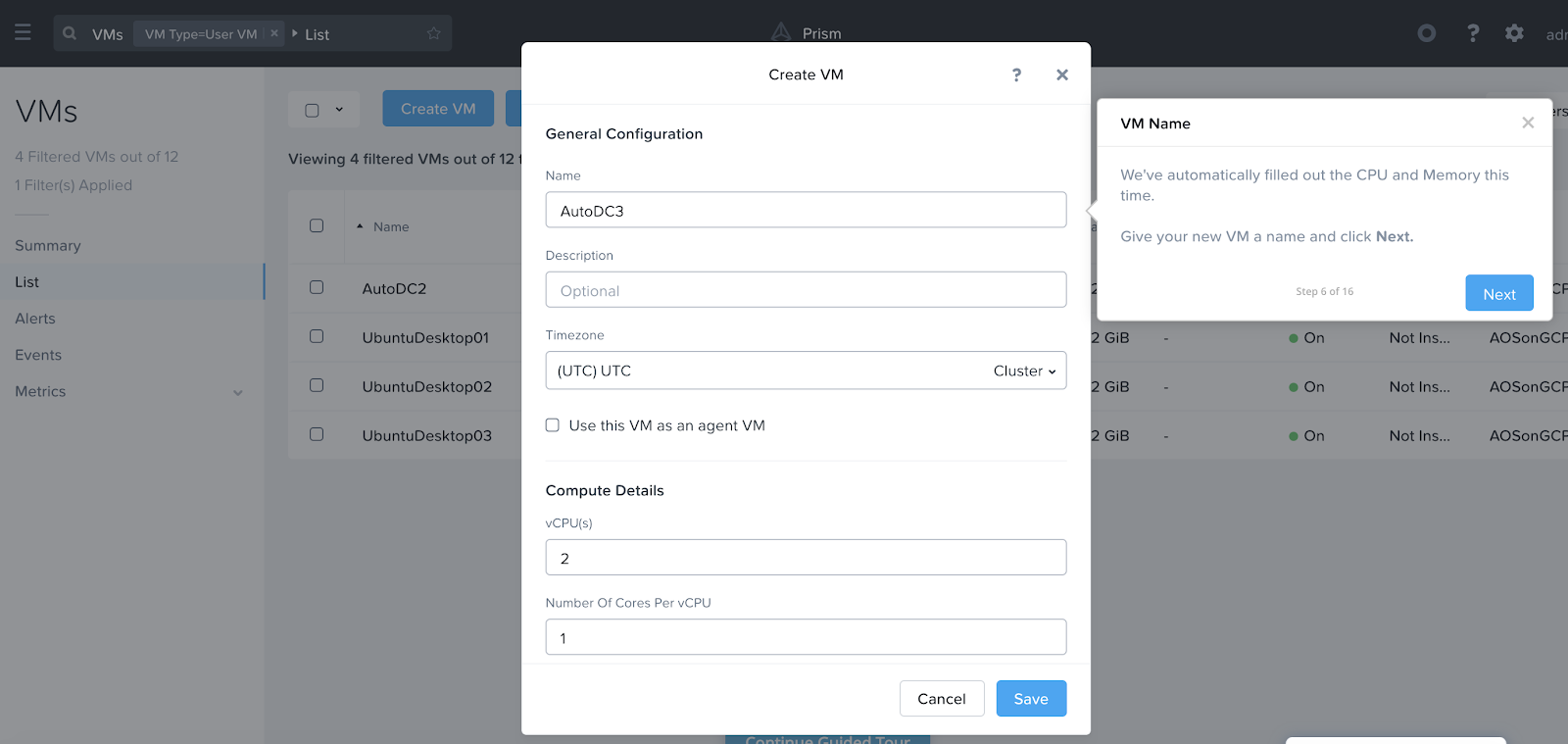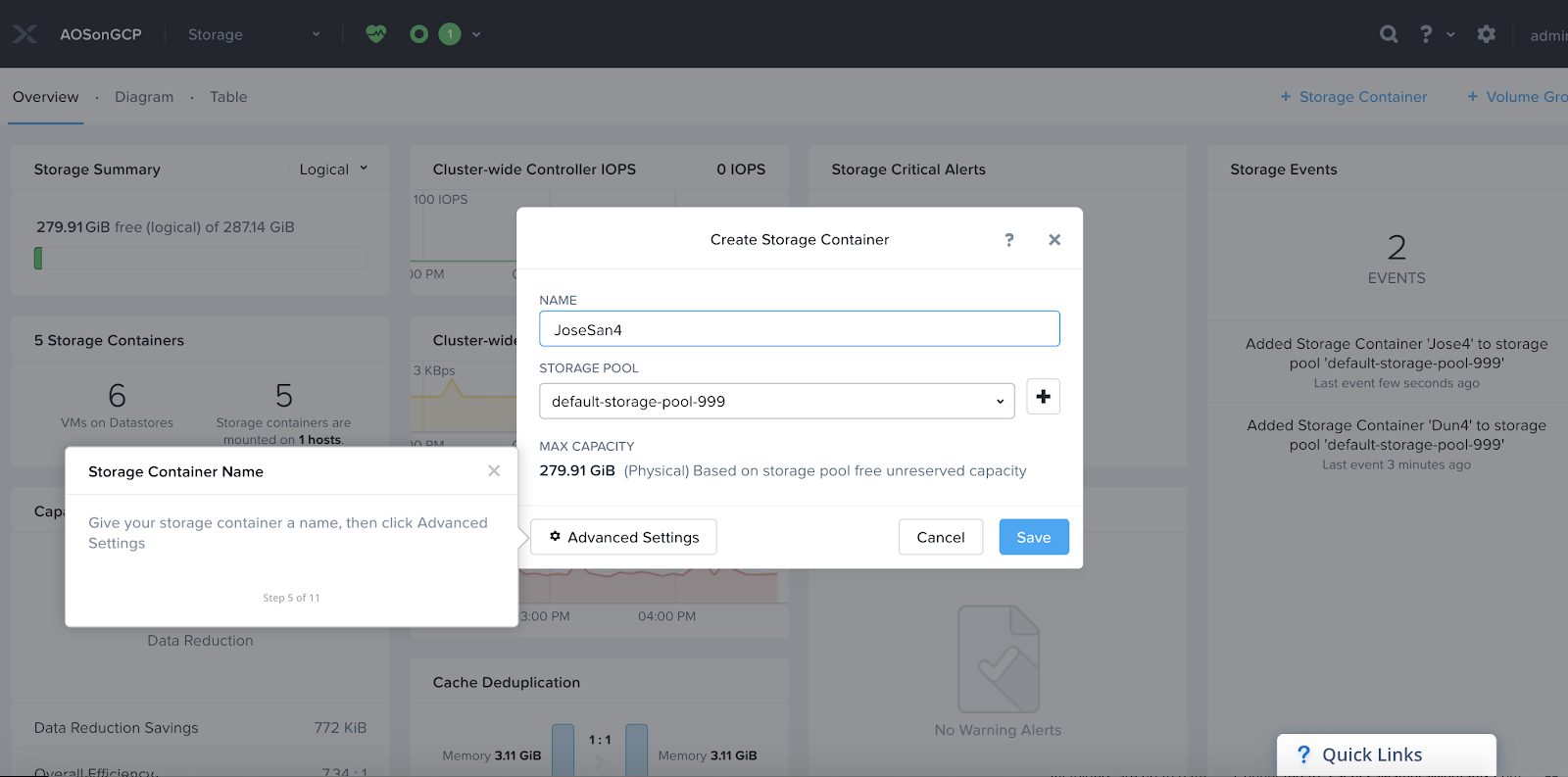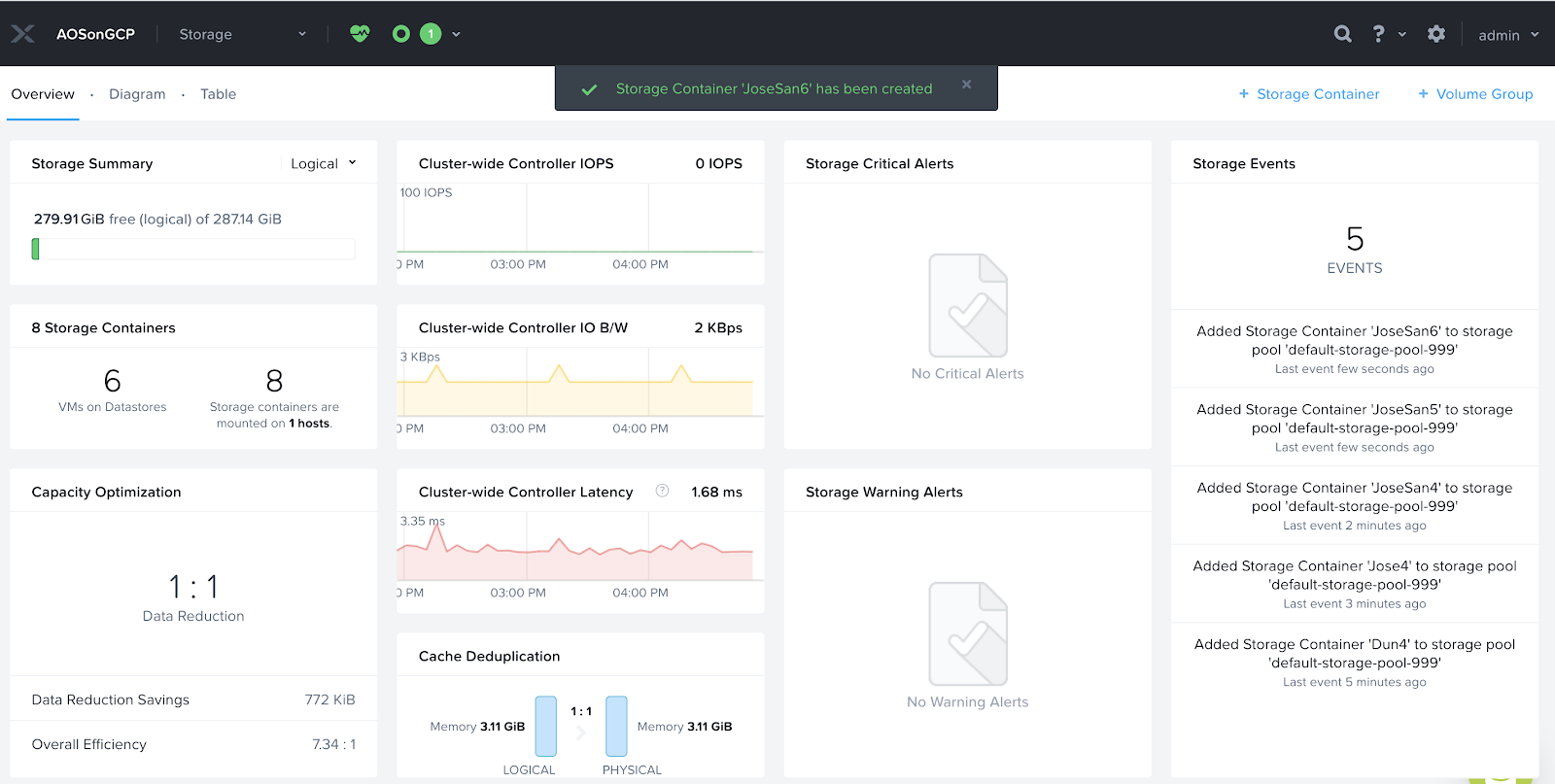Here we are in the last month of 2020 and digital transformation has never felt so necessary and relevant to our daily lives–whether work or personal. IT professionals like yourself have experienced, and continue to learn, what it’s like to survive and thrive in the digital economy. According to Accenture, 80% of the recently surveyed companies had significantly increased investment in digital transformation, up from 50% in May. The digital acceleration has created mandates and pressure to keep up that will continue well into the near future.

The Pandemic has Accelerated Cloud Adoption
In the time of the pandemic the top drivers for transformation have been agility, resiliency, and cost optimization. Not surprisingly, many IT organizations have pivoted to the cloud for rapid and easy access to IT infrastructure. This allows them to respond dynamically to changing requirements and automate many routine administrative tasks while charging you for only what you consumed. At the beginning of the pandemic, Gartner reported that cloud spending rose 37%, despite the decline of overall IT spending by 8%, in the first quarter of 2020.
While many of these organizations took a significant step forward to start or accelerate their cloud journey to achieve their digital transformation, the next big question is how to maximize the value of their cloud investment. First and foremost, consideration should be given to your IT operating model, and how your datacenter modernization and cloud adoption can support that. In the annual Enterprise Cloud Index (ECI), 86% of 3,400 IT leaders surveyed worldwide consider hybrid clouds the ideal IT operating model.
Map Your Cloud Journey–to a Hybrid Cloud
Hybrid cloud infrastructure provides you with the best of each cloud infrastructure: the agility, flexibility, and scalability that public clouds provide and the control and governance that a private cloud ensures. Imagine you can develop and run applications in the optimal cloud at all times, with no interoperability concerns. A true hybrid cloud lets you do this without refactoring the application or reskilling your IT staff. Read more about hybrid cloud and the path to get there.
To build a truly functional hybrid cloud, it is crucial to do it right from the beginning. If you are still on a legacy 3-tier infrastructure, consider rebuilding your foundation by removing the silos that separate storage, compute, and network services. You can achieve this by standardizing on hyperconverged infrastructure, a software-defined platform that unifies infrastructure management and enables strategic placement, portability, and lifecycle management of apps and workloads. This does not mean rip and replace, but rather reincorporate and consolidate your existing resources into a software-defined platform that unifies management.
Modernize your Infrastructure with Hyperconverged Infrastructure
Let’s dive into hyperconverged infrastructure. The HCI-powered platform takes advantage of storage capacity on conventional servers and other storage resource inputs to create a data fabric, pooled resources that can be allocated as needed. By bringing compute, networking, and storage into a single, virtualized system, HCI platforms optimize infrastructure utilization and performance while simplifying operations for administrators.
As one of the earliest hyperconverged infrastructure pioneers, Nutanix provides a purpose-built platform that is open and hardware agnostic. All components in the datacenter stack are integrated and driven by an intelligent software layer that can run any application in any location. Nutanix HCI is made up of two components.
- A distributed plane that deploys control software to distribute operating functions across a cluster of server nodes, which deliver the storage, virtualization, and networking services needed by guest applications, both VM and container. You can eliminate separate SANs, bring storage closer to workloads, virtualize storage controllers, and combine storage into a logical pool for more dynamic distribution.
- A management pane that allows users to easily administer HCI resources from a single pane of glass, eliminating the need for separate management solutions for each datacenter element. You will gain an app-centric view of operations with monitoring down to the VM level, AI-driven analytics on a range of performance and usage metrics, role-based access control, and REST APIs to automate workflows end to end.
Although VDI deployments were the first enterprise use case where hyperconverged infrastructure shined, Nutanix HCI supports many environments and the full gamut of enterprise use cases today, including:
- Databases, including Oracle, SAP HANA, Microsoft SQL Server, MySQL, PostgreSQL, IBM DB2, and many others.
- Virtualized server applications, including Oracle E-Business Suite, SAP Business Suite, Microsoft Dynamics, Epic, Meditech, and more, which may be supported by AHV or other major hypervisors.
- Big data solutions, including Splunk, MongoDB, Elastic, Hadoop, and more.
- Cloud-native applications, using Kubernetes, Docker, Puppet, and Chef.
- Virtual desktop infrastructure, offered by Citrix or VMware Horizon.
- Remote Office and Branch Office (ROBO), including print and file servers, office services, and custom applications.
You can learn a lot more about our HCI here. If you are interested in seeing how it works, take a Test Drive for Nutanix HCI.
Five Easy Steps to Transform Your Datacenter
Datacenter transformation is a big undertaking, and here are five key steps that will enable you to quickly deploy and manage complex virtual environments with Nutanix.
Step 1: Size and purchase
Simplify scoping of your requirements with Nutanix’s unified, scalable system. In traditional environments, IT purchases involve guess work around future capacity requirements. Nutanix’s scalable architecture eliminates the need to plan years in advance. You can purchase for the next quarter or the next year, adding capacity as the business grows.
Try an automated sizing calculator that you can upload with workload requirements. The sizer will help you understand current infrastructure needs and generate configuration recommendations.
Because the Nutanix system is unified, you will no longer need to piece together an infrastructure design from multiple vendors that would need to be integrated. Licensing is more straightforward with one vendor to buy from, and Nutanix’s subscription licensing is based on capacity, so you only pay for what you need, when you need it. As business needs scale, you can just add more licenses.
While other HCI solutions are tightly integrated with a specific hypervisor, Nutanix provides an open solution that supports VMware, Microsoft, and its own free, built-in hypervisor–AHV. Nutanix is 100% software, but also offers appliances from industry leading vendors such as Lenovo, HPE, and Dell among many others, in addition to a Nutanix-branded unit, or you can bring your own hardware from your favorite server vendor.
Step 2: Deploy clusters
Deploy your clusters. Nutanix deployment is automated, quick, and easy. Using the Foundation tool, you can deploy a bare-metal cluster in a matter of minutes. Foundation automatically configures IPMI, hypervisors, and controller VMs. With a few clicks, you can deploy and configure infrastructure before lunch and spend the afternoon migrating applications.
Nutanix’s software approach also enables remote installation. For hardware appliances that may need to be deployed in a remote office or datacenter, HCI administrators can load the Nutanix stack and configure clusters without going onsite, as well as VMs and applications. As long as the hardware is plugged in, it’s also possible to add nodes to expand capacity from a remote location.

Step 3: Configure infrastructure
Use Nutanix Prism’s simple, intuitive interface to configure your cluster. The menu-driven management tool enables a range of tasks, including configuring server settings and setting automation policies. You can specify access by role, set up HCI administrators, or grant users access for self-service provisioning.
Within Nutanix AOS, storage replication occurs automatically at the VM level. As a result, disaster recovery and backup configuration to support S2S, hub and spoke, and full mesh topologies can be done very quickly. You can also use Prism to configure network file shares to allow users remote access and provision object storage, monitoring for object distribution, performance, and user access.

Step 4: Migrate and deploy apps
You can deploy new applications using Prism, which enables centralized image management for easy VM creation across sites globally without the need for separate image management processes or tools. And with fast, efficient cloning, spinning up groups of VMs from an image or an existing VM takes only seconds and a few clicks.
Deploy new applications or move existing workloads quickly via infrastructure-level bulk VM migrations using Nutanix Move. It is the dedicated, cross-hypervisor migration tool, to support migration from VMware ESXi, Microsoft Hyper-V, and AWS EC2 instances.
With Move, you can pause and resume migration, schedule migration and advance data seeding, sort and group VMs, monitor migration progress at the VM level, and migrate OSs– all from a single interface. To learn more about the Move solution, go to the Nutanix Introduces Application Mobility from Public to Private Clouds blog post. Read about Xtract for VMs and the ability to utilize simple, granular methods of onboarding existing workloads to on-premises Nutanix Enterprise Clouds.
Step 5: Manage from a single pane of glass
You create VMs, and Nutanix handles provisioning the infrastructure stack for you, including storage. Nutanix offers integrated storage solutions for files, blocks, and objects to support today’s data-hungry applications–you no longer need legacy infrastructure in your environment.
With Nutanix HCI, you can consolidate your entire environment to create a scalable, self-managing platform for all workloads and data and easily administer resources from a single pane of glass. You’ve now modernized your datacenter, the first important step on your cloud journey.

Next Steps
The world is moving very fast to embrace the digital economy. Meanwhile, the pandemic is testing our resiliency against destruction and ability to continue to innovate. From the IT perspective, cloud gives us the capacity to answer these challenges.
With hybrid cloud, you can maximize the cloud advantage without compromising control and potential cost effects. If you have legacy infrastructure today, start transforming the datacenter to shape the future of your IT infrastructure. Rebuilding the foundation is critical, and HCI will help you achieve that.
Nutanix provides an HCI platform for infrastructure modernization to support an organization’s ongoing digitization efforts through advanced convergence, unique storage capabilities, and automation across the range of IT administration tasks.
For the IT administrator, the platform renders invaluable service, replacing routine infrastructure work with automated sizing, deployment, configuration, migration, and management, redeploying time and effort back to where it’s really needed.
Seeing is believing, and building a foundation of the cloud infrastructure with Nutanix is one click away. To get hands-on experience with the Nutanix platform, take the Nutanix Test Drive. No hardware, setup, or download is required. All you need is a browser!
SOURCE: NUTANIX – https://www.nutanix.com/blog/5-easy-steps-to-setting-up-and-managing-cloud-ready-infrastructure